The third China-Africa Economic and Trade Expo (CAETE) kicked off on Thursday in Changsha, Central China's Hunan Province, an event which is expected to take China-Africa trade to a new level.
Around 1,500 exhibitors have signed up for the exhibition, a 70 percent increase from the previous edition of the event in 2021. A total of 1,590 exhibits from 29 countries signed up for participation, representing a growth of 165.9 percent.
During the expo which lasts through Sunday, 218 joint projects with a total value of $19.1 billion are expected to be signed and discussed, further advancing economic and trade cooperation between China and Africa.
The CAETE held biennially since 2019 is the largest economic and trade cooperation platform under the Forum on China-Africa Cooperation.
Under the theme of "Common Development for a Shared Future," the expo will hold 40 events, including the China-Africa Economic and Trade Cooperation Forum, as well as nine high-level events organized by ministries and institutions, seven economic and trade matchmaking sessions, three thematic seminars, in addition to thirteen regional special events.
These activities cover various fields such as green infrastructure, customs quarantine, healthcare, agricultural food products, light industry and textiles, industrial parks, women and youth, and vocational education.
With an exhibition area of 100,000 square meters, the expo will also showcase African specialty products such as red wine, coffee, and handicrafts, as well as Chinese engineering machinery, medical equipment, daily necessities, and agricultural machinery.
During the event, nearly 20 benchmarking documents will be released, including a report on China-Africa economic and trade relations and the China-Africa Trade Index.
China is Africa's largest trading partner and its fourth-biggest source of investment. Official data showed that bilateral trade between China and Africa stood at $282 billion in 2022. In the first four months of 2023, China's new direct investment in Africa reached $1.38 billion, up 24 percent year on year.








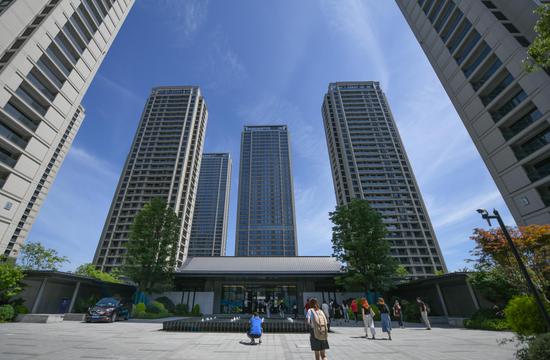

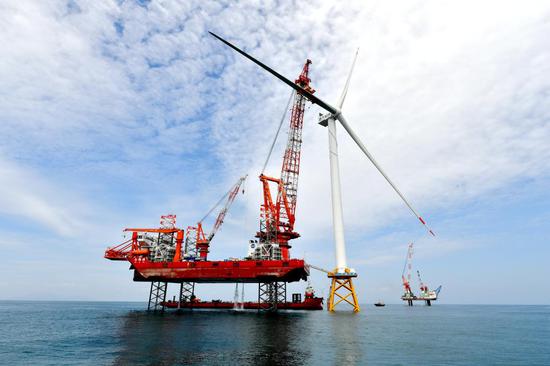

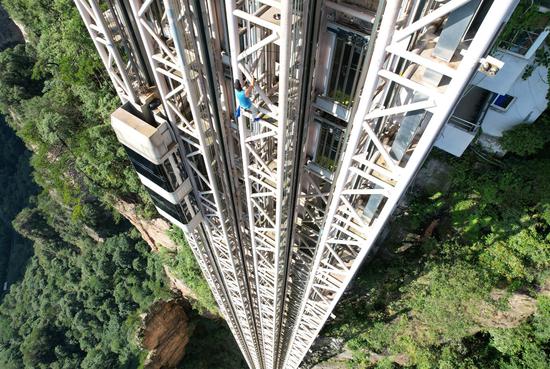
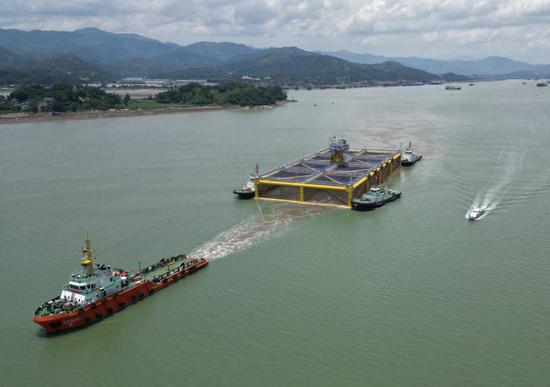
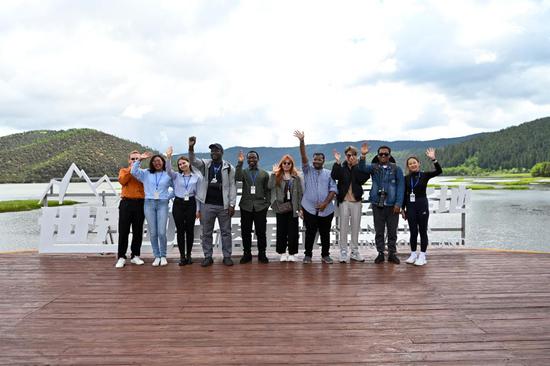

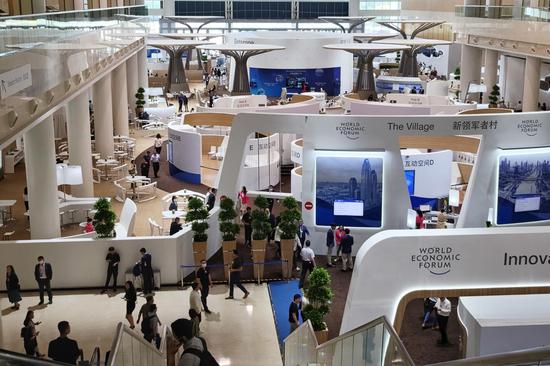







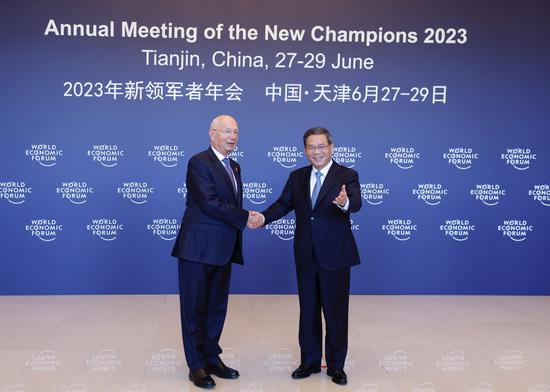
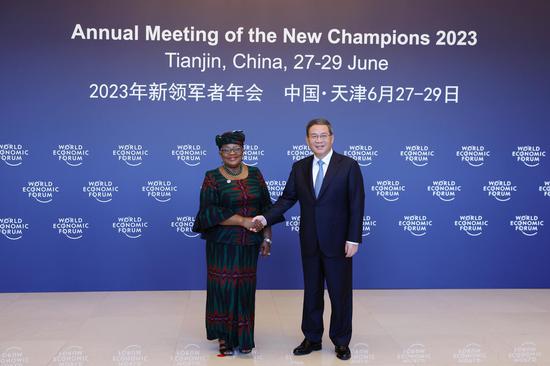
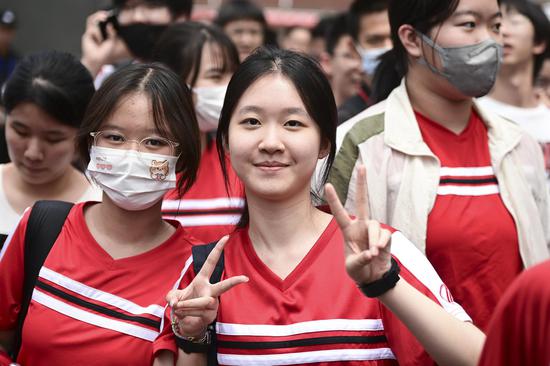
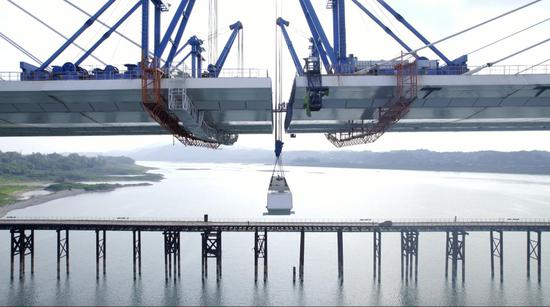
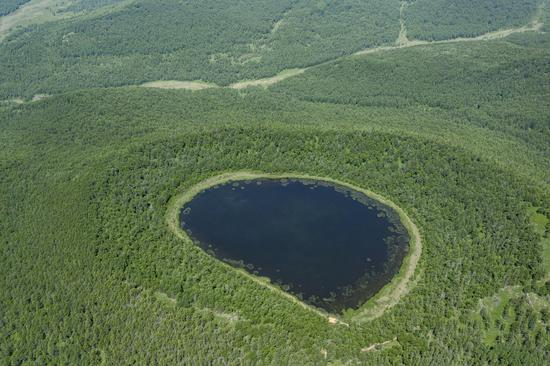

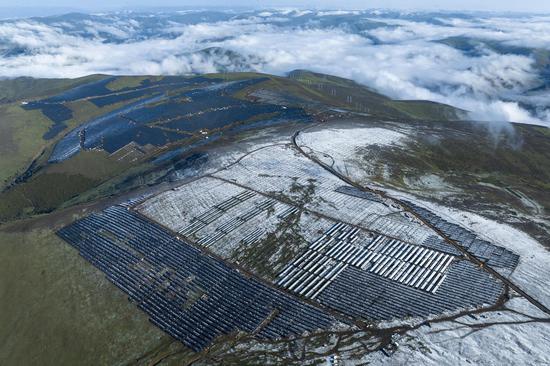







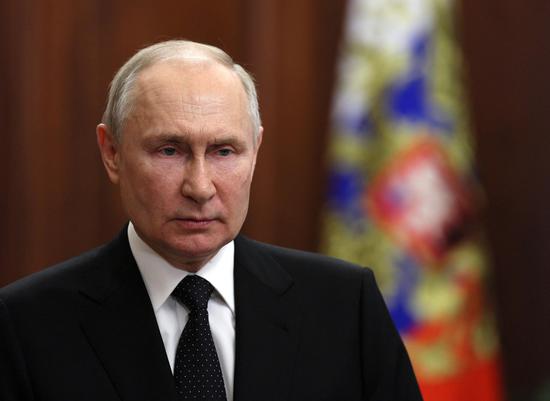




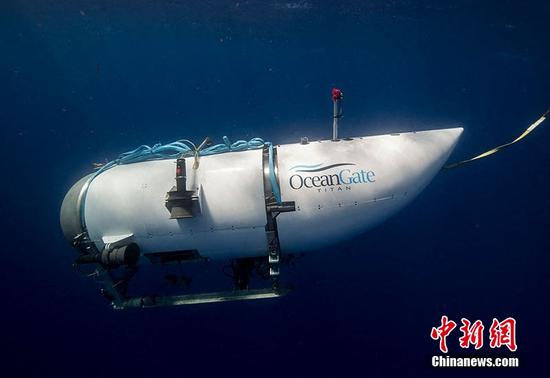






 京公网安备 11010202009201号
京公网安备 11010202009201号